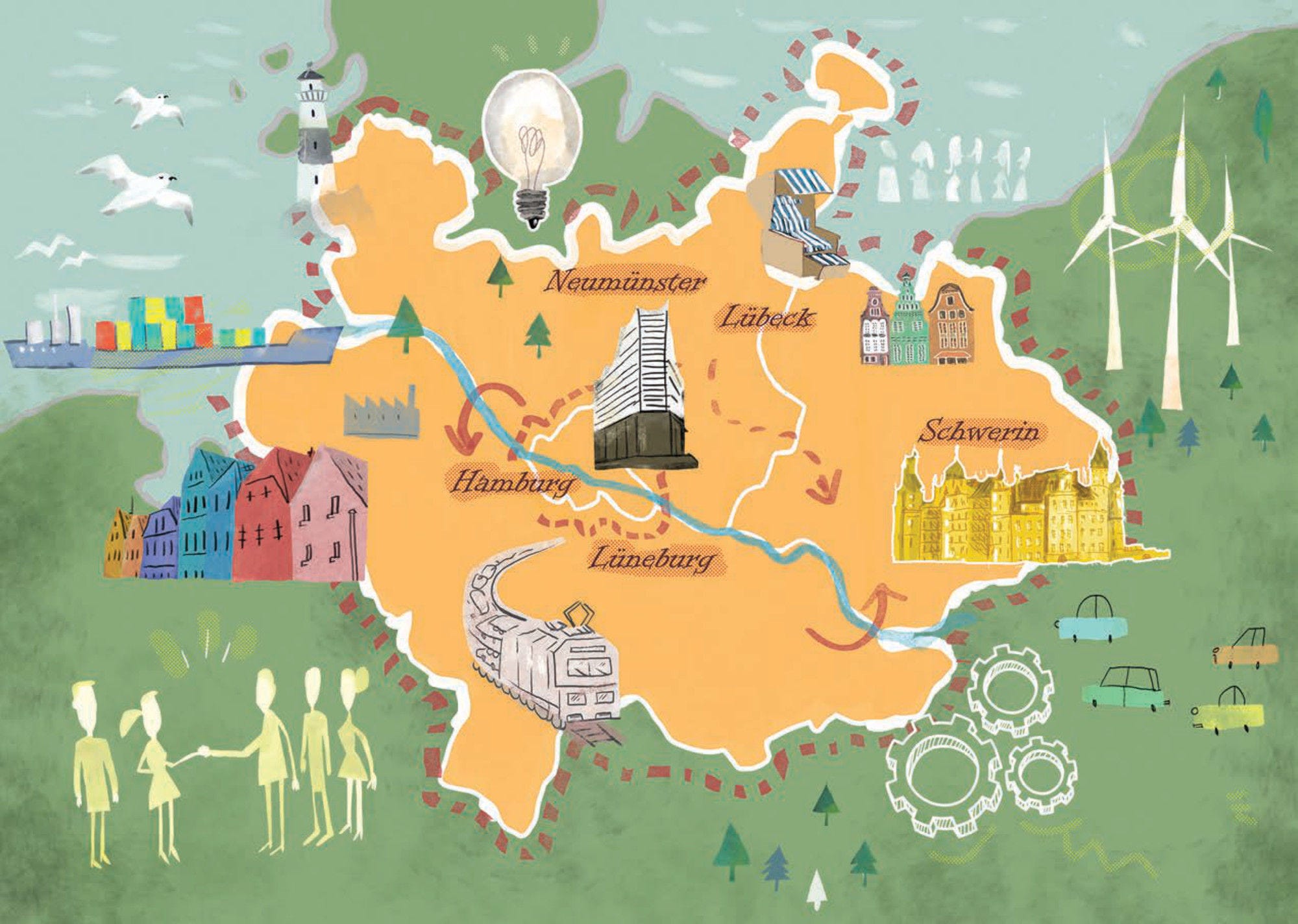Chile has been very successful in turning its natural resource endowments into a generator of growth and modernisation. However, its mining regions, including Antofagasta, face the challenge of developing a critically important primary sector in a manner that contributes to both economic growth and broader measures of well-being. Antofagasta's long term sustainability goals include a more diversified economic base, supported by a city that is lived in for its high quality of life and the opportunities it offers. To achive this, it will need to make the most of its natural endowments, improve the city's physical attractiveness and ensure better urban policy outcomes. It will also require regional and local actors to act in a strategic and innovative manner. This study focuses on economic diversification, urbanism and governance in the city of Antofagasta. Consideration is given to: economic and socio-economic trends such as those associated with labour markets and skills, as well as quality of life factors; opportunities for specialisation, diversification and innovation within and beyond the mining cluster, including throught its port network; urban policy challenges especially in land use, waste management, environment and public transport; and to the role of public governance in helping the city realise its economic and quality of life objectives.
OECD Territorial Reviews: Antofagasta, Chile 2013
Report
OECD Territorial Reviews

Share
Facebook
Twitter
LinkedIn
Abstract
In the same series
Related publications
-
 21 November 2024
21 November 2024 -
 Policy paper19 November 2024
Policy paper19 November 2024











